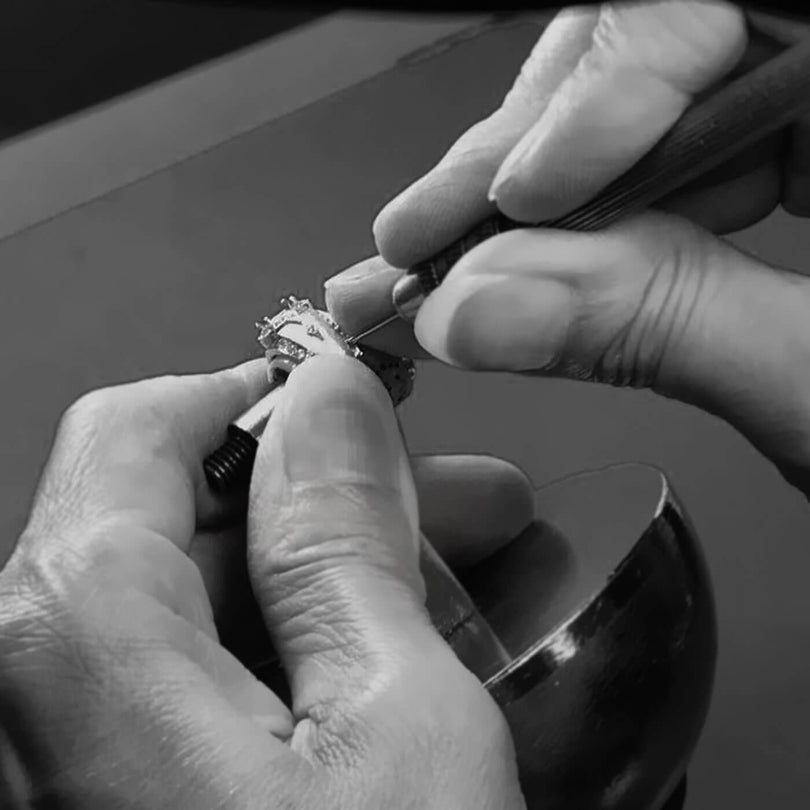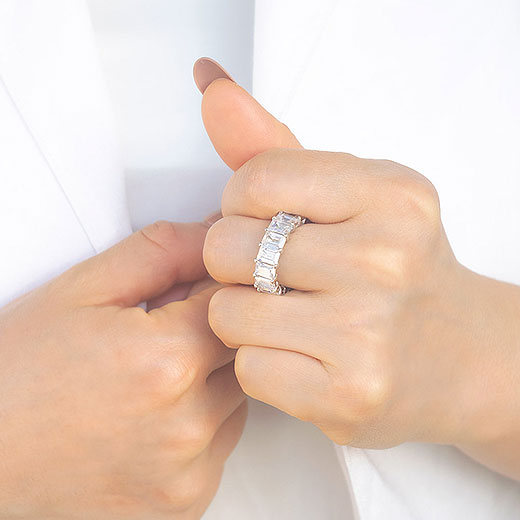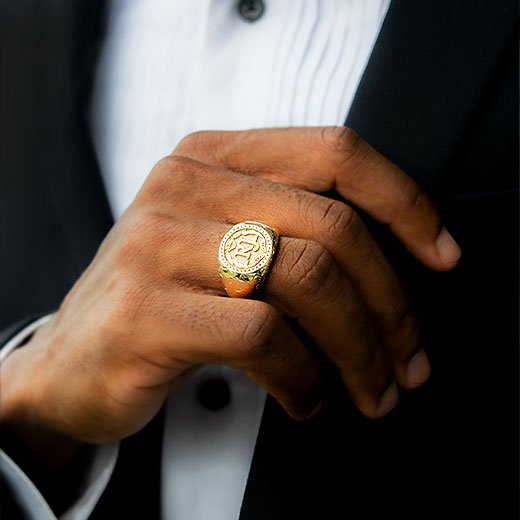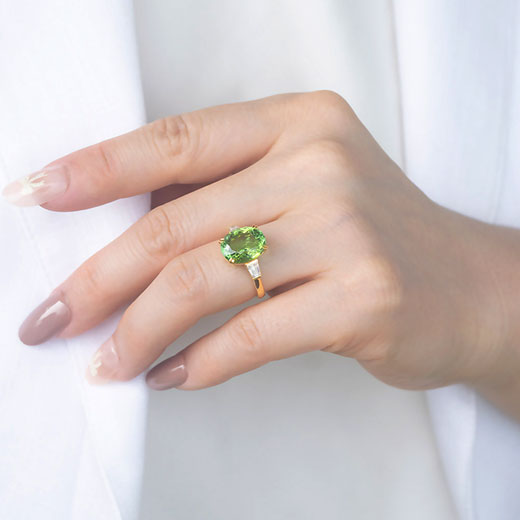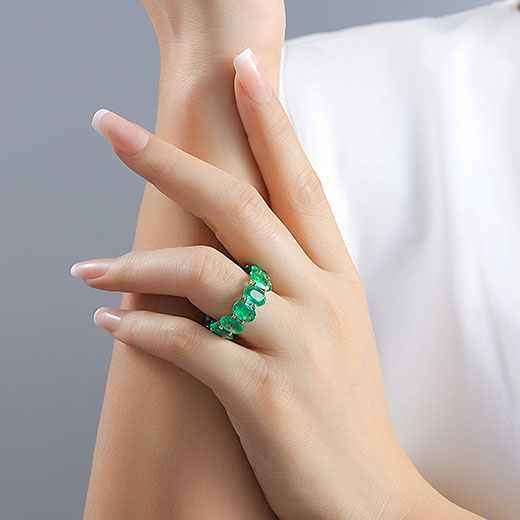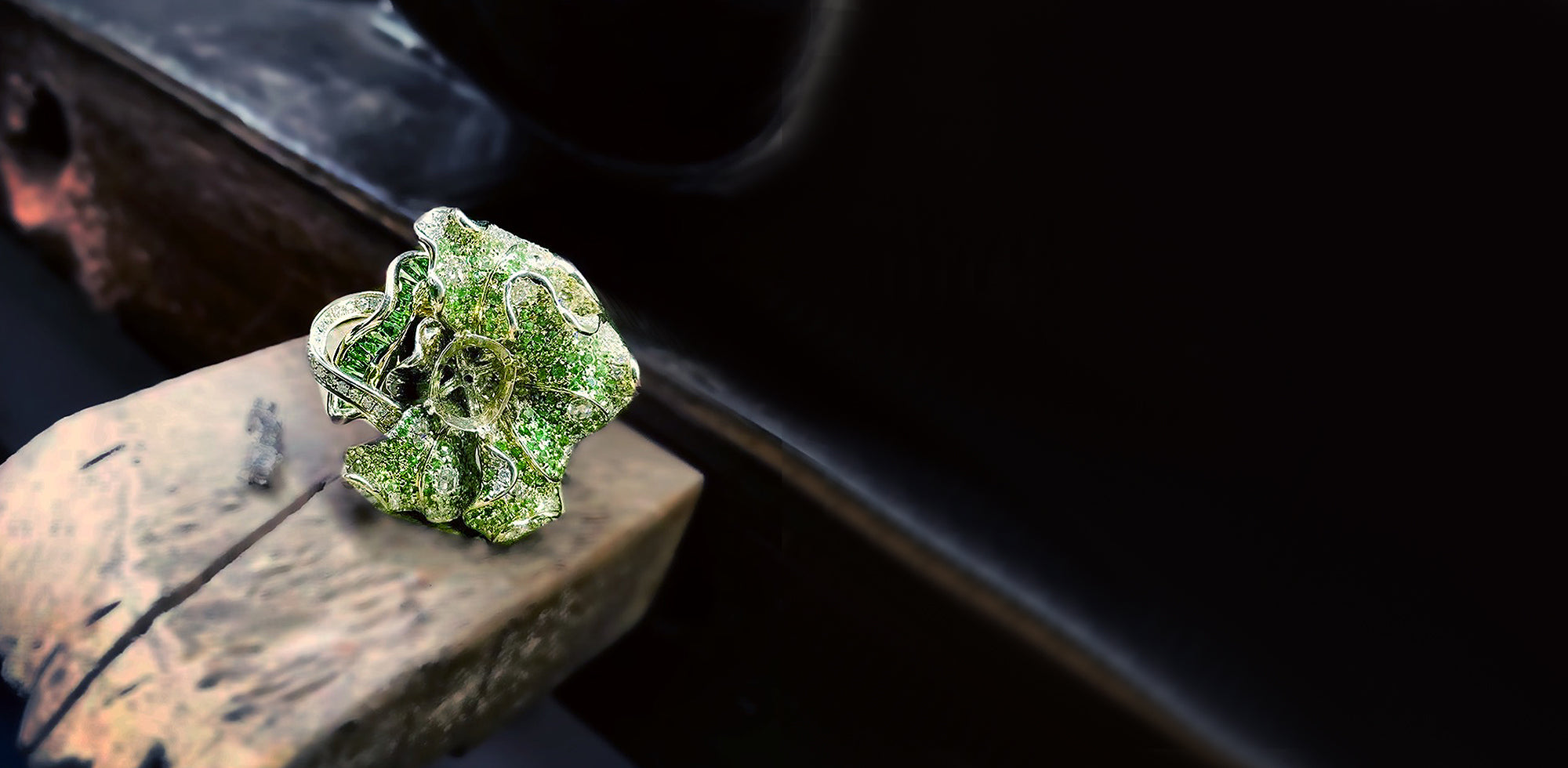OVERVIEW
George Kunz, following the discovery of a new locality for rose beryl in Madagascar in 1910, suggested that the mineral be named morganite at a meeting of the New York Academy of Sciences on December 5, 1910, in honor of his friend and customer J.P. Morgan, who had provided significant financial support to the arts and sciences, as well as significant gem donations to the American Museum of Natural History in New York and the Museum of Natural History in Paris. Morgan was one of the world's most significant gem collectors in the early 1900s; his collection was partly assembled by Tiffany & Company and its top gemologist, Kunz, and was worth millions of dollars at the time.
As Kunz pointed out, one of the most fascinating aspects of morganite was its bright red-colored fluorescence when it was subjected to X-rays, but it did not exhibit any phosphorescence when the X-ray source was switched off.
On the 7th of October 1989, one of the world's largest Morganite specimens was discovered. It was discovered at the Bennet Quarry in Buckfield, Maine, and was about 23 cm long and 30 cm across. It had a slightly orangish color to it and measured around 23 cm long and 30 cm broad. The 'Rose of Maine' was a well-formed crystal that weighed somewhat more than 50 pounds and was named after the state of Maine.
MORGANITE DESCRIPTION
Morganite, like many other gems found in pegmatites, can grow into huge crystals. Miners in Brazil have discovered crystals weighing as much as 22 pounds (10 kg). The Smithsonian Institution in Washington, D.C., has two faceted gemstones in its collection, each weighing 236 carats and the other 250 carats. Despite the fact that morganite is more difficult to come by than aquamarine, large cut stones are widely accessible on the market nowadays. This is most likely due to the fact that morganite has not been promoted to the jewelry-buying public in the same way that aquamarine or emerald have.
The majority of the morganite available on the market comes from pegmatite mines in the Brazilian state of Minas Gerais. Afghanistan, Mozambique, Namibia, and the United States have all contributed in a limited and uneven way. Despite the fact that it is only a modest producer now, the original Madagascar deposit continues to set the standard for the highest-quality raw material. The yield of magenta-colored rough from that area was superior to the output of crystals from other sources.
SYMBOLISM
Known for its rosy tones, morganite is frequently used as a symbol of purity, innocence, romance, and love. As a rule, morganite has a strong affinity for the heart chakra and is said to be attuned to it. Those who wear Morganite are said to experience a sense of healing, compassion, and hope. Unconditional love and the dissolution of ego can be found in Morganite. Morganite is thought to be a good stone for those born under the signs of Pisces, Taurus, and Cancer, despite the fact that it is not a traditional birthstone.
TREATMENT
Heat treatment is usually used to enhance the pink color of the gem. The treatment is undetectable. Heat removes the yellow or orange tinge from the pink, revealing a purer and more beautiful pink color. The color that is produced is stable and will not fade.
MORGANITE QUALITY FACTORS
Morganite is also known as a gem that comes in light, soft shades of pink, purplish pink, and orangey pink. Despite the fact that morganite is typically found in light tones, some stones have intense color.
Color
Morganite is available in a variety of colors, including pink, rose, peach, and salmon. Pink and rose tints are more popular in today's market than any other color. However, some collectors prefer untreated peach-colored material over heat-treated pink stones since the peach and salmon colors appear to be less popular.
However, some collectors prefer untreated peach-colored material over heat-treated pink stones since the peach and salmon colors appear to be less popular.
Clarity
Faceted morganite is similar to aquamarine, another beryl variation, in that it normally does not include inclusions that are visible to the naked eye. Cabochons are frequently made from less-transparent stones that have been carved or sliced.
Cut
Because morganite exhibits remarkable pleochroism (light pink and a darker bluish pink), it is vital to properly align the rough prior to fashioning to avoid damaging the stone. Strong colors in morganite are quite rare, as gems must be quite large in order to attain the most vibrant hues possible. Besides the basic shapes and sizes, Morganite is also available in a variety of unique designer cuts.
Carat Weight
Because Morganite crystals can grow to enormous proportions, larger faceted stones are more prevalent than with many other gemstones in this category. Larger sizes are likewise more likely to exhibit vibrant coloration than smaller sizes.
MORGANITE FACTS
Mineral: Beryl
Chemical composition: Be3Al2Si6O18
Color: Pink to orange-pink
Refractive index: 1.583 to 1.590
Birefringence: 0.007 to 0.008
Specific gravity: 2.80 to 2.91
Mohs hardness: 7.5 to 8
Designing with Morganite
Using this distinctive gemstone in jewelry design is a delight. Combine vintage rose crystals or powder rose and rosaline crystal pearls for varied degrees of opacity to create a monochromatic color pallet. Because of the spectacular shine of all beryl stones, morganite looks great when combined with aquamarine, emerald, goshenite, heliodor, and red beryl in jewelry designs. Pink, on the other hand, works well with most other colors, lending a youthful vibe to any design.
CARE INSTRUCTIONS
Despite the fact that morganite is a hard stone with a Mohs hardness of 7-1/2, gentle cleaning methods are nevertheless recommended.
- Morganite gemstones can be easily cleaned by rinsing them in warm water with a light soap.
- Dry the stone and any jewelry settings completely.
- Shine and polish can be restored using an uncoated cloth as well.
- High heat can damage morganite, therefore avoid using steaming or boiling procedures.
- A reasonable rule of thumb is to avoid storing Morganite in direct sunshine or prolonged heat.
- Morganite jewelry should be stored in a soft pouch or velveteen tray when it is not being worn.

